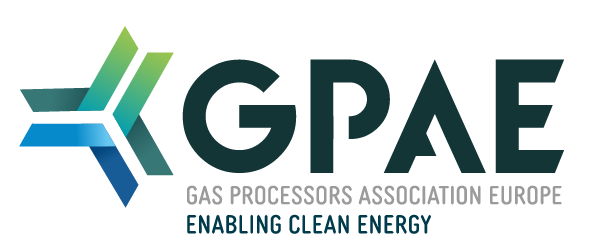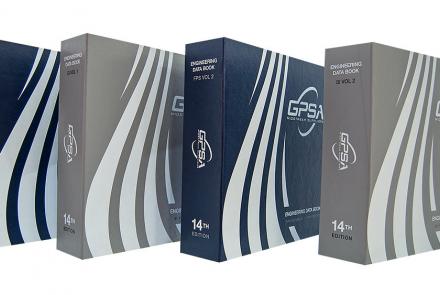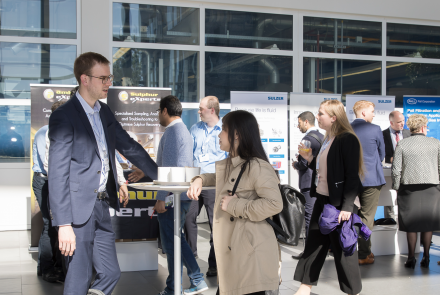Order your copy of the The GPSA Engineering Databook. The 14th edition is almost 1,000 pages of technical information and is the worldwide authoritative resource for technical and design information.
Boost your engineering workflow: Digitalization in the design and optimization of acid gas removal units
The application of steady-state process simulation is well established in the engineering workflow for the design and optimization of production plants e.g. in the chemical industry or for oil- and gas processing. In an initial step, the plant configuration has to be set up in a process modelling environment (PME) like Aspen HYSYS®, Aspen Plus®, ProMax®, Pro/IITM or UniSim®. The flow sheet is defined by the combination of unit operations, which are connected by material streams and/or energy streams. Depending on the complexity of the unit operation model, different level of detail is required for setting up the process simulation. As example, an equilibrium stage model for a distillation column does not require geometric input like diameter or height, but only the number of equilibrium stages. In contrast, as example a detailed mass transfer model for an absorption column in an acid gas removal unit requires such geometric input. If the PME uses a sequential-modular solution approach, the proper specification of the latter unit operation model poses a challenge to the design engineer and usually requires numerous iteration steps until the required product specification is achieved and engineering guidelines, e.g. hydraulic limitations, are fulfilled. One part of this paper will discuss how an equation-oriented solution approach of the numerical problem can significantly reduce this effort by applying direct specifications of target values. In the same way, simulations for optimization of existing plants can be carried out very efficiently. Furthermore, an equation-oriented approach comprises the possibility of transferring the steady-state process simulation into a dynamic simulation.
The result of the steady-state process simulation is the heat and material balance for all material and energy streams. In a subsequent step, these data are used for creating technical data sheets for equipment. If both steps are carried out within one PME, the generation of technical datasheets may be partly or fully automated. However, when simulation models of special unit operations are only available in in-house or proprietary simulation tools, the workflow typically requires manual transfer of data between these tools and the PME. This procedure is inefficient, due to the time and resources required to manually transfer the necessary data. It also introduces risk of transcription errors, which can lead to inconsistencies in the heat and material balance.
The main focus of this paper is to illustrate how the engineering workflow can be improved by CAPE-OPEN. The CAPE-OPEN standard defines rules and an interface to allow communication between Computer Aided Process Engineering (CAPE) applications such as between a PME and a so-called process modelling component (PMC), which can be e.g. a thermodynamic model or the model of a unit operation. The implementation of the CAPE-OPEN interface as unit operation will be described for the example of BASF’s simulation tool OASE® connect for the OASE® gas treatment technology. As result, the full OASE® connect simulation can be embedded as unit operation into any CAPE-OPEN compatible PME. This implementation of the CAPE-OPEN interface is unique in the sense that the OASE® connect calculation is not carried out on the same computer or server as the PME, but on a BASF server. This approach allows for the protection of intellectual property of proprietary simulation tools.
The embedding via the CAPE-OPEN interface allows data to flow seamlessly between a PME and a PMC, so that the user can always produce a consistent heat and material balance. In the unavoidable case of changes in operating conditions or design parameters, such as the gas throughput or the feed gas composition, the updated simulation results are automatically reflected in all connected downstream documents, further enhancing efficiency. As result the application of the CAPE-OPEN interface allows savings in time and effort and facilitates effective work-sharing between offices worldwide.



